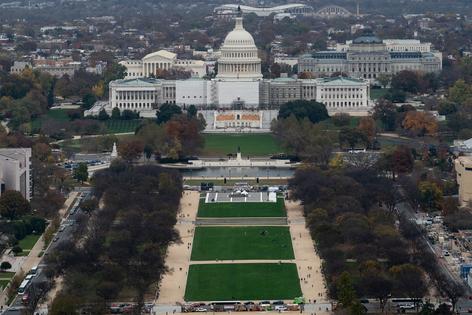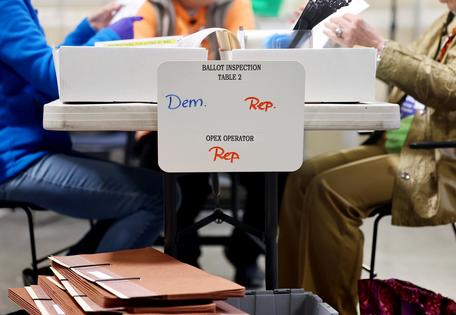Midterm election results reflect the hodgepodge of US voters, not the endorsement or repudiation of a candidate’s or party’s agenda
Published in Political News
The results from the U.S. midterm elections came as a shock to many. The sitting president’s party typically suffers significant losses in House, Senate and gubernatorial races in the first midterm election of a president’s term. Several projections leading up to Election Day speculated that a “red wave” – at one point upgraded to a “red tsunami” – of massive Republican gains across the electoral board would swamp Democrats.
Yet it was clear by the end of Election Day that Democrats had performed far better than expected. The “red wave” never materialized. Republican gains in the House were meager. The Democrats maintained control of the Senate by flipping Pennsylvania and winning tight races elsewhere.
The Democrats’ success bucks a long-standing trend in U.S. politics. The president’s popularity is often taken by pollsters and analysts as a key indicator of his party’s midterm prospects. Biden’s approval rating has been low throughout his presidency. Going into Election Day, his unpopularity was comparable to that of preceding presidents who endured substantial midterm losses. Current polling shows that 57% of Americans disapprove of Biden and 70% say the country is on the wrong track. Moreover, Americans trust the GOP more than the Democrats to handle important issues such as inflation, crime and unemployment. Yet the Democrats pulled off a surprise victory – by not losing as much as expected.
What happened?
As a political philosopher who researches democracy and partisanship, I can say that there’s no simple explanation of the midterms, despite the many that have already been declared, published or broadcast.
Elections are complex, and citizens are complicated. Voters embrace a range of priorities, they have different levels of information about their options and they’re motivated by different concerns.
Some data suggests that citizens have vastly different ideas about what it means to vote. Some see voting as a display of support for one’s party, others view it as the registering of one’s desires and some see their vote as expressing a judgment about the common good. It’s plausible that many citizens took themselves mainly to be voting against disliked candidates rather than for favored candidates.
So while politicians and pundits are fond of saying that elections express the “will of the people,” in reality they don’t. Taken as a collective, the electorate is too much of a hodgepodge to have a will of its own.
It goes without saying that Democrats will interpret the results as proof that their political platform is widely embraced by the American people. Meanwhile, Republicans will seek an explanation for how their message failed to reach voters.
Digging deeper, political commentators have offered several interpretations, claiming that the midterms came down to some core factor, such as abortion, immigration, the affirmation of democracy itself, the repudiation of MAGA Republicanism and elevated turnout among Gen Z voters.
...continued













Comments